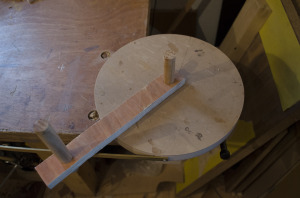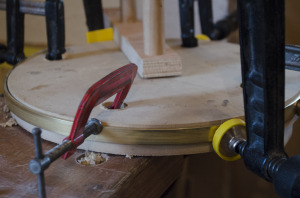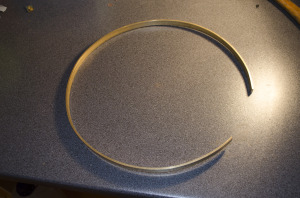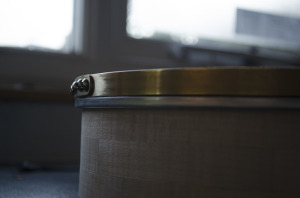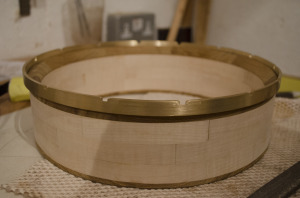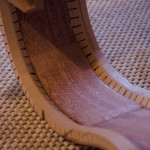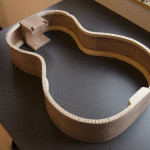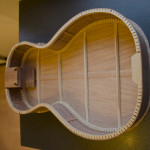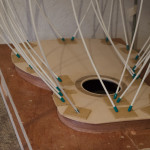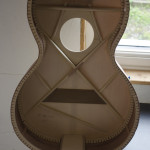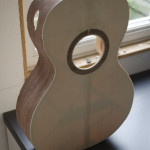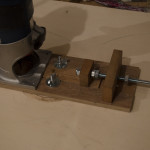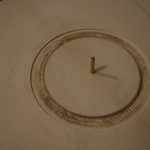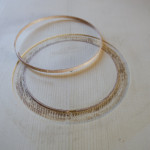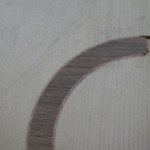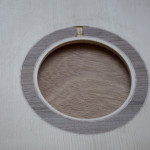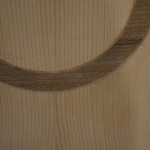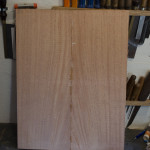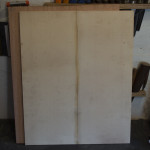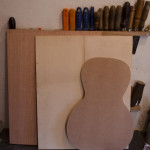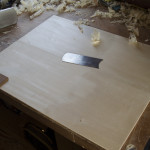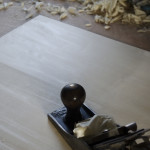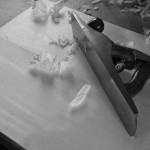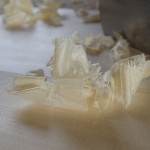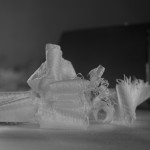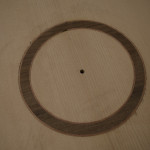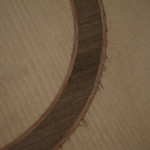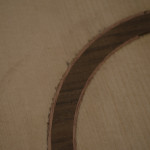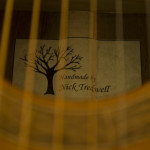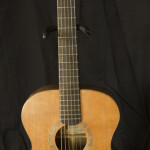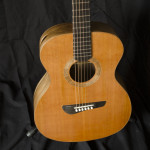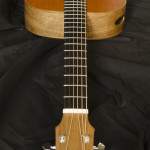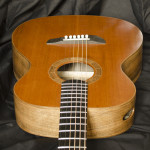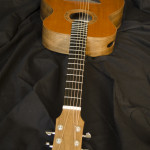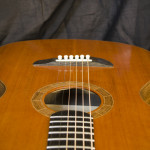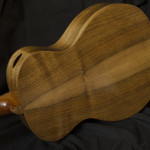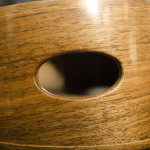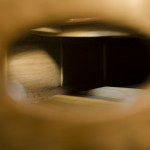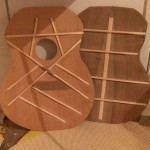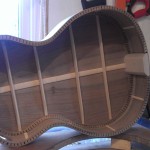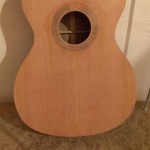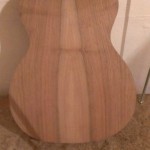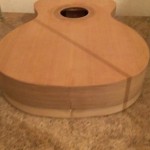If you have been following my all English banjo build, you may remember that I have been planning to make the majority of the metal hardware components required.
First of all I had to find a way to accurately bend the 1/8″ brass flat bar into a circular tension hoop. There are commercially available ring rollers available to do this but not having access to one, I decided to make my own form to bend the brass around.
The jig consisted of a 11″ diameter piece of mdf which then had a dowel glued into its centre to act as a pivot point for an arm that would do the actual bending. The say a picture says a thousand words so here goes.
The brass flat bar is then attached to the form and by rotating the arm around the form the brass should then be bent to shape. I also used several clamps to hold the brass in place and reduce the risk of it springing back and causing an injury.
Unfortunately I had not considered how much spring back there would be and when I removed the brass from the former it was nowhere near the required circle.
I therefore made another form this time with a diameter of 9″ and repeated the process. Now while things were starting to resemble more of a ring, there was still a way to go. So a third form was made, this time with a 7″ diameter. The brass almost looped the form twice but once it was released from the form it was much more promising with only a small amount of spring back remaining.
The two ends of the ring were secured with a bracket made from 1.5 mm brass with 4 drilled and taped holes through both the rim and the fixing plate and hold the lot together with machine screws.
Next the hook notches needed to be cut into the ring, this was done with a hacksaw and finished of with files to create 14 inward sloping notches evenly spaced around the hoop.

